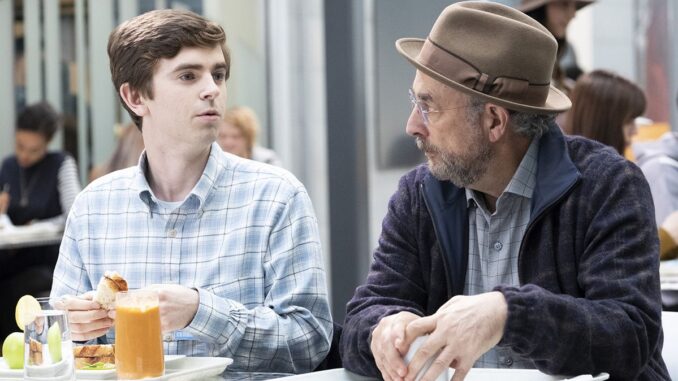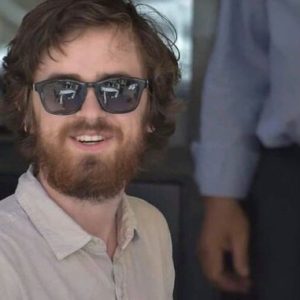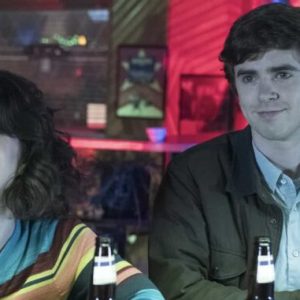The Good Doctor, ABC’s long-running medical drama centered around Dr. Shaun Murphy—a young surgeon with autism and savant syndrome—has captured audiences worldwide with its heart, hope, and heroism. Played with nuance by Freddie Highmore, Shaun is intelligent, deeply empathetic, and gifted in ways that defy expectations. Yet for all its good intentions, the series presents a version of autism that, while emotionally inspiring, risks painting a dangerously incomplete picture—one that inadvertently masks the hard truths of how society continues to fail countless autistic children.
An Idealized Autism
From the pilot episode, The Good Doctor positions Shaun as a brilliant underdog—a man who, despite institutional resistance, proves himself worthy of the operating room. His genius-level recall, surgical precision, and flashes of social insight allow him to not only save lives but also win the hearts of skeptical colleagues. It’s a feel-good formula, and it works. But beneath the surface lies a quietly troubling narrative choice: Shaun’s autism is crafted in a way that centers comfort for neurotypical audiences, rather than truth for neurodivergent ones.
Shaun is an autistic character who is functional enough to be a doctor, gifted enough to perform miracles, and emotionally compelling enough to offer teachable moments. But this portrayal, while sympathetic, places autism within a narrow lens. It reinforces a specific and rare version of the spectrum: the savant archetype. And for many families living with autism outside this extreme, the show’s portrayal can feel less like representation and more like erasure.

What About the Children Who Can’t Speak?
Autism, in its full reality, is broad, complex, and often overwhelming. According to the CDC, 1 in 36 children in the U.S. is diagnosed with autism spectrum disorder (ASD), and for many of them, life does not involve surgical breakthroughs or supportive mentors. It involves battles—battles with public education systems that lack the resources to provide individualized care; with healthcare providers who often misdiagnose, ignore, or under-treat; and with a society that still sees difference as deficiency.
Many autistic children remain nonverbal well into adulthood. Some exhibit behaviors that are misunderstood as aggression or defiance, when in fact they are responses to sensory overload or communicative frustration. Others fall through the cracks altogether—written off by systems that are underfunded, undertrained, and overwhelmed.
The Good Doctor rarely acknowledges these stories. And in doing so, it helps perpetuate a myth: that autism, when met with the right blend of patience and genius, is simply a quirky path to greatness.
The Danger of the Savant Stereotype
Dr. Shaun Murphy is a variation of the “autistic savant” trope popularized by films like Rain Man. These characters are compelling, but their prevalence in media contributes to a misconception that most people with autism possess some rare, remarkable gift. In truth, savant syndrome occurs in only a small percentage of autistic individuals. Most live with varying degrees of developmental delay, social challenges, and lifelong support needs.
By focusing on Shaun’s extraordinary talents, The Good Doctor frames autism as a condition that is exceptional, rather than difficult. It risks creating expectations that autistic individuals must offer something profound to be seen as valuable. And it suggests that those without genius, those whose autism manifests in quieter or more chaotic ways, are somehow lesser—or unworthy of mainstream empathy.
Where the System Breaks Down
Real-world systems are failing autistic children every day. Public schools across the U.S. and beyond struggle to provide individualized education programs (IEPs) that meet legal requirements, let alone the true needs of students. Waiting lists for diagnostic evaluations can stretch for months or even years, particularly for low-income families. Therapies, if accessible at all, are often unaffordable without private insurance or significant financial aid.

And then there’s the issue of adult services. Once an autistic child ages out of school-based programs, families often find themselves with few options. Employment opportunities are scarce, independent living supports are limited, and mental health care is frequently inadequate.
These failures aren’t dramatic in the Hollywood sense. They don’t make for inspiring monologues or surgical triumphs. But they are the daily reality for millions of families.
A Missed Opportunity for Advocacy
What makes The Good Doctor’s limited portrayal all the more disappointing is the fact that it could have done more. The series has consistently woven in storylines about institutional resistance, discrimination, and medical ethics. It touches on racism, sexism, and ableism—but rarely expands the lens on autism itself. Rarely does the show engage with the broader challenges that autistic individuals and their families face, particularly those without Shaun’s gifts.
Imagine if the series devoted an arc to a patient with nonverbal autism who couldn’t explain their pain. Or if it spotlighted a storyline about a young adult aging out of care and facing a lack of services. These narratives exist, and they deserve space.
The Power—and Responsibility—of Representation
Media representations shape public understanding. Shows like The Good Doctor influence how teachers treat autistic students, how employers perceive neurodivergent candidates, and how policy makers allocate resources. When the media only shows one version of autism—the exceptional, almost magical one—it can fuel unrealistic expectations and reinforce the invisibility of those who struggle most.
This isn’t a call to cancel Shaun Murphy. Far from it. His story is valid and inspiring to many. But it’s a plea for balance, for a broader tapestry of representation that includes the nonverbal child in a rural district, the autistic teenager with aggressive outbursts who’s misunderstood and isolated, and the parents juggling jobs while navigating endless systems of red tape just to secure basic services.
The Good Doctor has helped bring autism into the mainstream conversation, and that alone is important. But it’s time to move beyond inspiration and toward inclusion—toward stories that reflect the messy, complicated, often painful truths of what it means to be autistic in a world still learning how to care.





